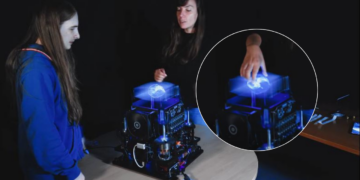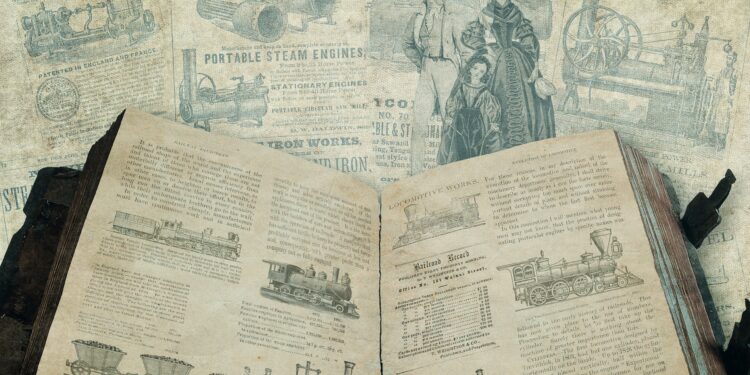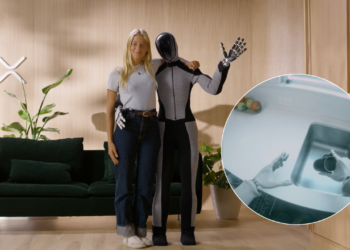PETOŠEVIĆ Russia recently represented a global specialty chemicals leader Nouryon in invalidation proceedings brought against their patents in Russia and Eurasian Economic Union by a German chemical company BASF SE. In late 2019, in their effort to independently commercialize a surfactant composition in Russia’s massive mining market, BASF filed three
invalidation actions against three of Nouryon’s patents – one Eurasian and two Russian patents – which cover the surfactant in question in Russia.
Nouryon’s Eurasian patent has an earlier priority date than the two Russian patents, which claim further developments of the initial invention protected by the Eurasian patent and therefore have a narrower claim scope. Of the two Russian patents, the first one (parent) covers the production method and use of the surfactant, while the second, deriving from a divisional application, covers the surfactant composition itself.
BASF’s Arguments
BASF filed invalidation actions against Nouryon’s Eurasian and Russian patents with the Chamber of Patent Disputes (CPD) of the Russian IPO on November 29 and December 12, 2019, respectively.
BASF’s main arguments against the Eurasian patent were: lack of industrial applicability, novelty and inventive step. Lack of novelty, lack of inventive step, as well as insufficient disclosure, were the arguments against Russian patents. The difference in invalidity grounds could be explained by different approaches in the assessment of industrial applicability for Russian and Eurasian patent applications. Under the Russian law, an invention is industrially applicable if it can be used in the industry, while the Eurasian legislation additionally implies that the specification should
contain enough examples to support the claim scope. In essence, BASF claimed that all three patents were not novel, that they were obvious to a person skilled in the art, and that the provided examples did not support the whole claim scope.
Our Response Regarding the Eurasian Patent
We argued that BASF’s interpretation of several features of Eurasian patent’s independent claims were incorrect, and that the German company built their novelty objections on this interpretation. We also provided prior art documents to show that the extent of generalization of the claimed features in independent claims was permissible and insisted that the examples in the specification fully support the claim scope. Regarding the inventive step objection, we provided a detailed analysis of all 27 cited prior art documents showing that some of the distinguishing features were not disclosed in the provided prior art documents and that there was no
information in these documents about the claimed technical effect resulting from these distinguishing features.
During the first hearing, on February 17, 2020, the CPD did not accept some of BASF’s documents as prior art evidence and suggested that BASF addresses the inventive step issue during the next hearing, if they can prove that the rejected documents were publicly available before the opposed patent’s priority date. At first, the CPD thought it was possible to consider the novelty issue during the first hearing and perhaps expected to make the final decision on the same day, based on the lack of novelty, but the discussion proved to be unexpectedly complex, so the hearing was postponed to another date to continue discussing the novelty issue and, if
needed, to consider the inventive step and insufficient disclosure issues. Surprisingly, during the second hearing, BASF revoked their opposition, perhaps because of the results of the hearings concerning Russian patents, which took place between the first and the second hearing concerning the Eurasian patent.
Our Arguments Regarding Russian Patents
Although separate hearings were held on February 20, 2020 concerning each of the Russian patents, the issues discussed were quite similar. Our main arguments revolved around BASF’s incorrect interpretation of the information disclosed in the prior art document on which they based
their lack of novelty argument. The CPD agreed with our point of view and confirmed that the features disclosed in the cited prior art were not identical to those identified in the Russian patents’ independent claims. The CPD rejected BASF’s argument that there was “no need to prove that the technical effect derived from the distinguishing features was known from the prior art because the features were not essential”. The CPD decided that all features were indeed essential and that their impact on the technical result was not disclosed in the prior art. The CPD also confirmed that the examples in the specification support the scope of the claims and that the
specification therefore discloses the essence of the claimed invention in a manner sufficiently clear for the invention to be implemented by a person skilled in the art. The CPD rejected BASF’s invalidation actions.
The Significance of the Ruling
With all three patents successfully defended, Nouryon has kept the exclusive right to commercialize the surfactant in Russia and license it to third parties. This case is also interesting because it emphasizes the difference in the approach to invalidation of Eurasian and Russian
patents before the Russian IPO’s CPD, particularly that insufficient disclosure is not applicable as an invalidity basis for Eurasian patents.
The appeal deadline for the decisions that the CPD issued against the two Russian patents has passed and the decisions are final.
Author: Natalia Osipenko, PETOŠEVIĆ Russia
www.petosevic.com
































